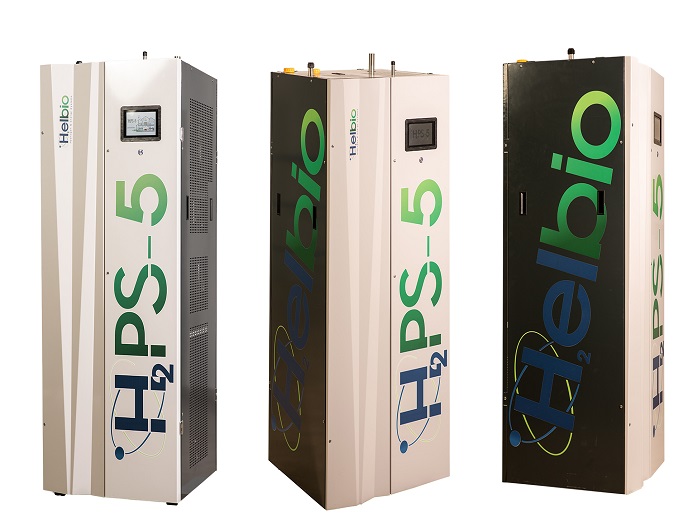Making hydrogen for transport work
The managers of nine European demonstration projects and one US demonstration project were interviewed for the assessment. The outcome of the interviews was that there were too few hydrogen vehicles on the road. Another point mentioned was the need to define a follow-up phase early on to ensure continuity in the project. Refuelling stations for hydrogen vehicles remain a problem. It was suggested that only one partner should be in charge of approval, building and operation of these stations, to avoid any complexities. To enable the success of these demonstration projects it is imperative that there are more hydrogen vehicles on the road. This can be achieved through the early commitment of the vehicle industry. Although all demonstration projects undergo some form of assessment, these tend to vary. It was suggested during the interviews that assessments be carried out under the common Hylights monitoring and assessment framework. This would provide a practical approach to project assessment. Another point raised concerned the unclear guidelines on what to do once the projects have been finalised. It was therefore suggested that in future it should be made clear early on as to where each project fits into the overall strategy. Financing remains a lasting problem, as there are no guarantees of continuous funding. One idea floated to counter this problem was to secure finances during the project preparation phase. Flexible financing was also called for throughout a project, as priorities could change and more money could be needed in other areas. Furthermore, in future every publicly funded project should be required to provide information regarding data, results, publishing status and lessons learned.







